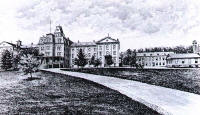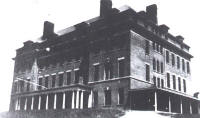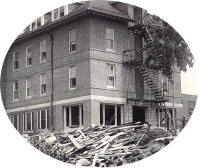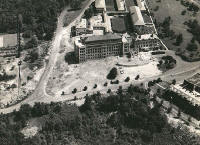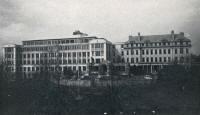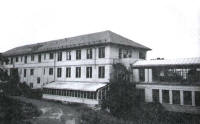The history of The Essex Mountain Sanatorium begins with The Newark City Home, which was established in Verona New Jersey in 1873 on property which is today the grounds of the Verona High School. The purpose of the home was to both reform the children of Newark who "were treading the downward path" and to serve as an orphanage. On the evening of January 9, 1900, the main building of the home was destroyed by fire. As a locomotive passed in the vicinity, the conductor sounded his whistle to warn the residents of the burning building. There were no casualties. |
|
|
After the fire, the trustees had decided that the whole institution should be changed from the congregate massing of children in one building, to the "cottage system", a system in which boys and girls are segregated and children are grouped into "families", with each "family" consisting of not more than 50 children. Under the new system, a separate cottage would be needed for the girls. Later that year, a site roughly a quarter-mile northwest of the boys' cottages was chosen for its location, and money was appropriated for its construction. |
|
